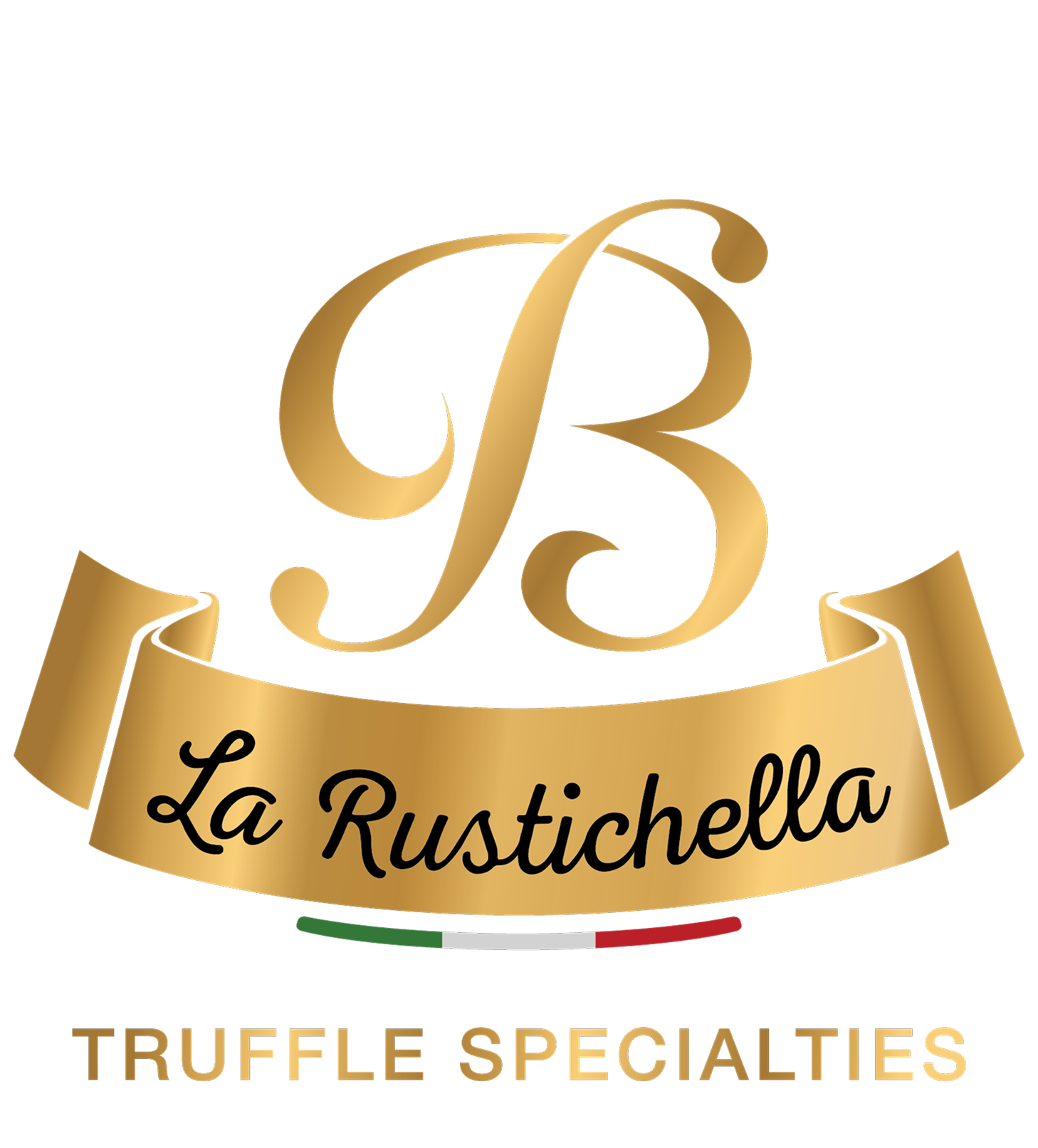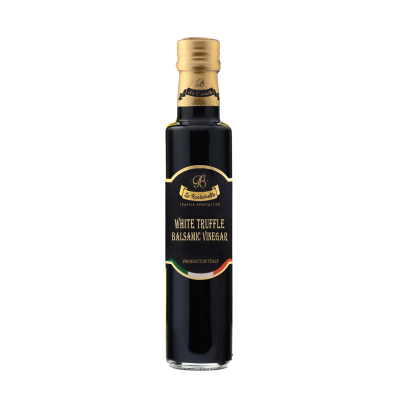TARTUFO D'ALBA

TARTUFO D'ALBA
Tuber Magnatum Pico
DESCRIZIONE
Conosciuto anche come “Tuber Magnatum Pico”, è uno dei tartufi più pregiati al mondo e viene spesso definito il "diamante della cucina".
È la specie di tartufo più preziosa, la più ambita e anche molto costosa, considerata la sua rarità.
Questa prelibatezza gastronomica è ampiamente apprezzata per il suo aroma intenso, il sapore delicato e la consistenza morbida.
Non può essere coltivato (tutti i tentativi hanno dato risultati deludenti), per nascere e svilupparsi necessita di terreni con caratteristiche particolari: devono essere soffici e umidi, ricchi di calcio, molto areati e trovarsi a non più di 600 m di altezza.
In Italia, trovare terreni che rispettino alla perfezione questi parametri non è semplice. I più vocati in assoluto a questo tipo di tartufo sono il sud del Piemonte (famosissimo è il Tartufo Bianco d’Alba cittadina dove ogni anno si svolge la famosissima Fiera del Tartufo Bianco, che attira appassionati da tutto il mondo), seguito da alcune zone di Umbria, Toscana e Marche (famoso è anche il Tartufo Bianco di Acqualagna). Per questo il tartufo bianco è il più costoso difficile trovare terreni adatti.
Per trovarlo bisogna affidarsi alla tradizione e all’esperienza dei trifolao (i cacciatori di tartufo) che custodiscono le “mappe” dei loro tesori gelosissimamente. La ricerca avviene solo di notte, con cani addestrati per anni a riconoscere il tartufo anche a metri di profondità.
Tutto queste caratteristiche, sommate alla sua brevissima stagionalità (settembre-dicembre) e al fatto che possiede uno dei profili aromatici più particolari al mondo (gli esperti hanno elencato oltre 120 profumi), rendono il Tartufo Bianco d’Alba uno dei prodotti più prestigiosi della cucina internazionale.
CARATTERISTICHE
La gleba del tartufo bianco, è di colore che va dal bianco al beige, talvolta con sfumature giallo-grigiastre, ed ha una consistenza burrosa e marmorizzata. La superficie esterna è liscia di colore giallo ocra o giallo-oliva, a volte anche grigio-verdastro, con creste e solchi che formano un motivo caratteristico.
Come si riconosce un Tartufo Bianco di buona qualità?
Il tartufo deve essere integro, in quanto un esemplare rovinato si deteriora con più facilità.
Il tartufo deve essere pulito, privo di residui di terra: il terriccio presente sulla sua superficie potrebbe nascondere eventuali lesioni, oltre che aumentarne il peso (con conseguenze sul prezzo).
Al tatto deve essere turgido e compatto, leggermente elastico, ma non troppo (un tartufo troppo morbido nasconde sicuramente dei marciumi, e uno troppo duro e secco è sicuramente vecchio).
Il profumo del tartufo deve essere intenso, ben bilanciato, con sentori di fieno, aglio e miele, funghi e grana. Se notiamo un forte odore di ammoniaca, è meglio non comprarlo.
UTILIZZO
È usato per arricchire piatti come pasta, risotti e carne, ma spesso è servito semplicemente affettato su piatti delicati.
RACCOLTA
Periodo di raccolta: da settembre a dicembre




